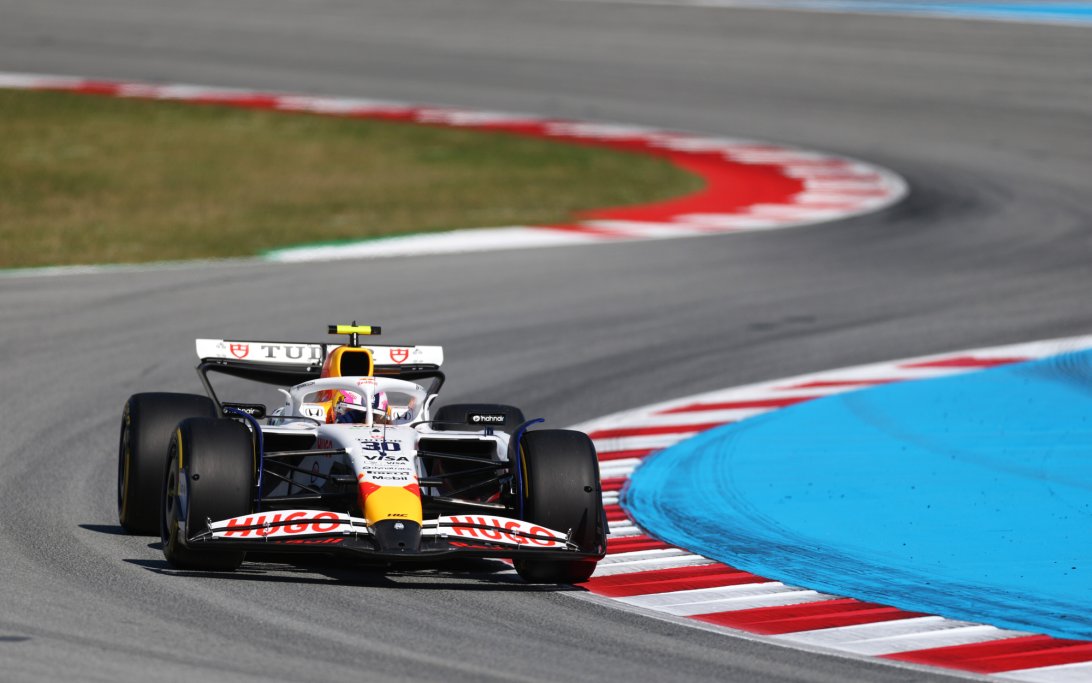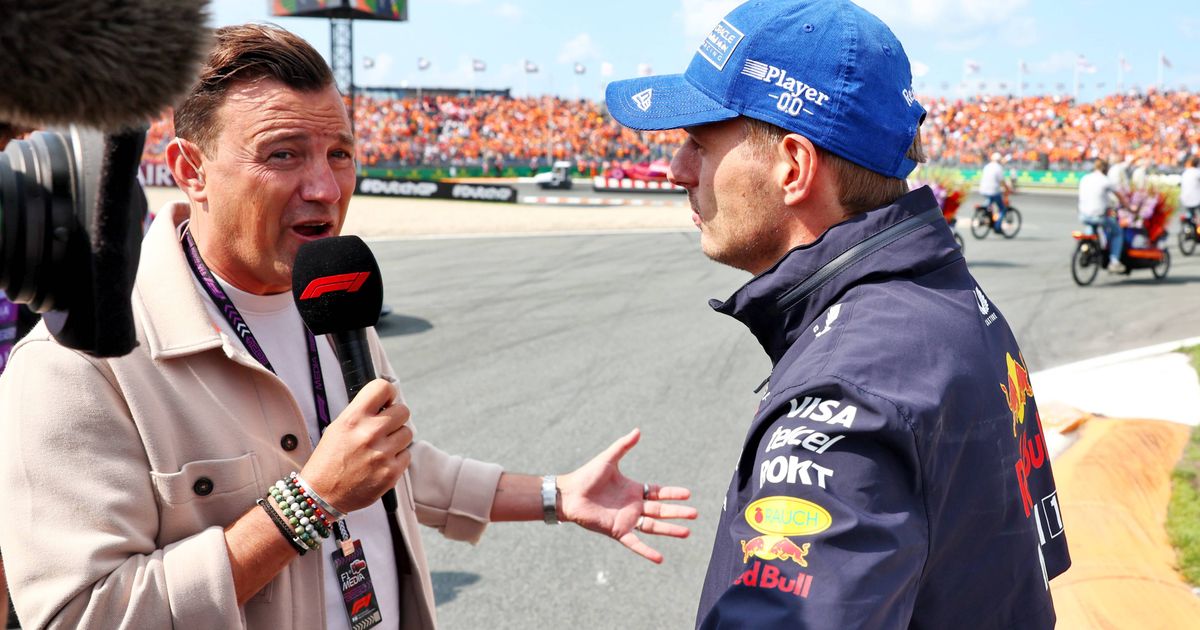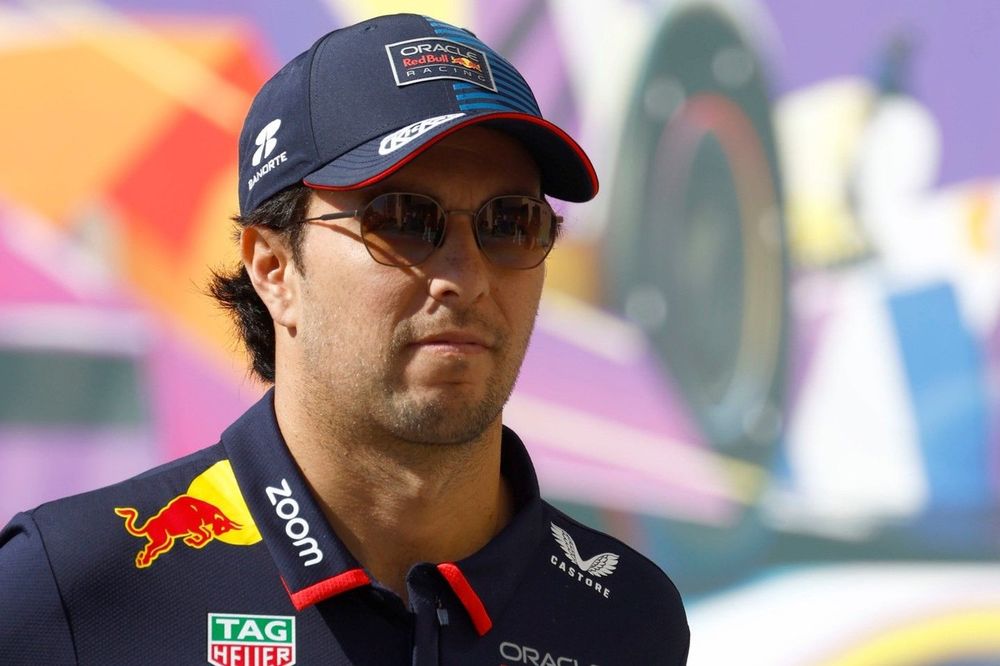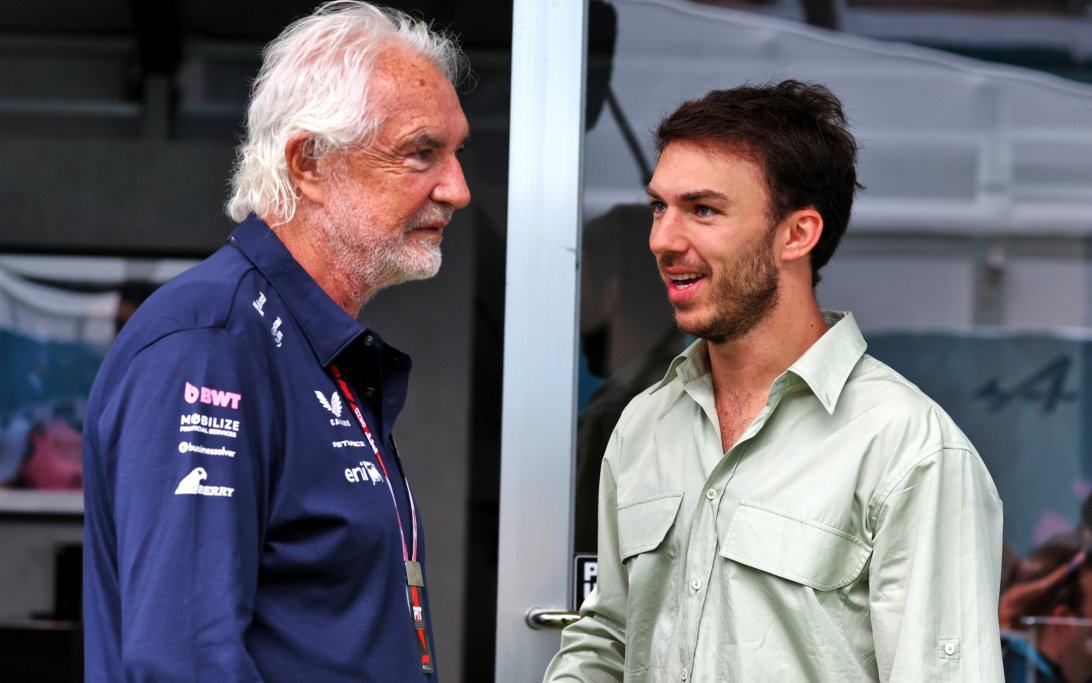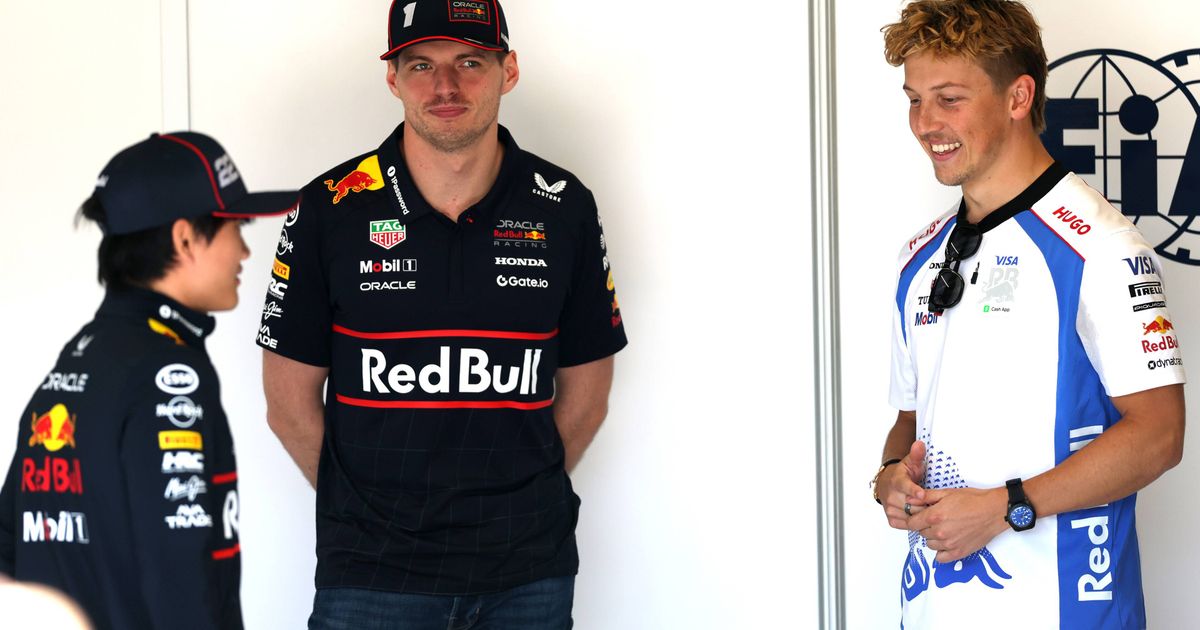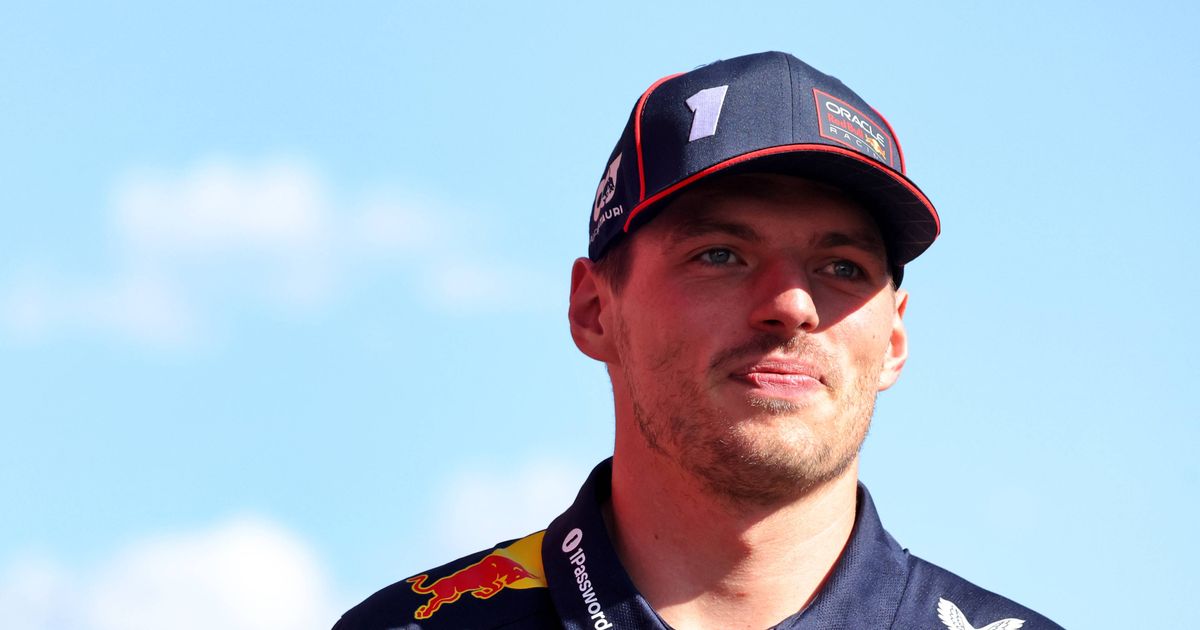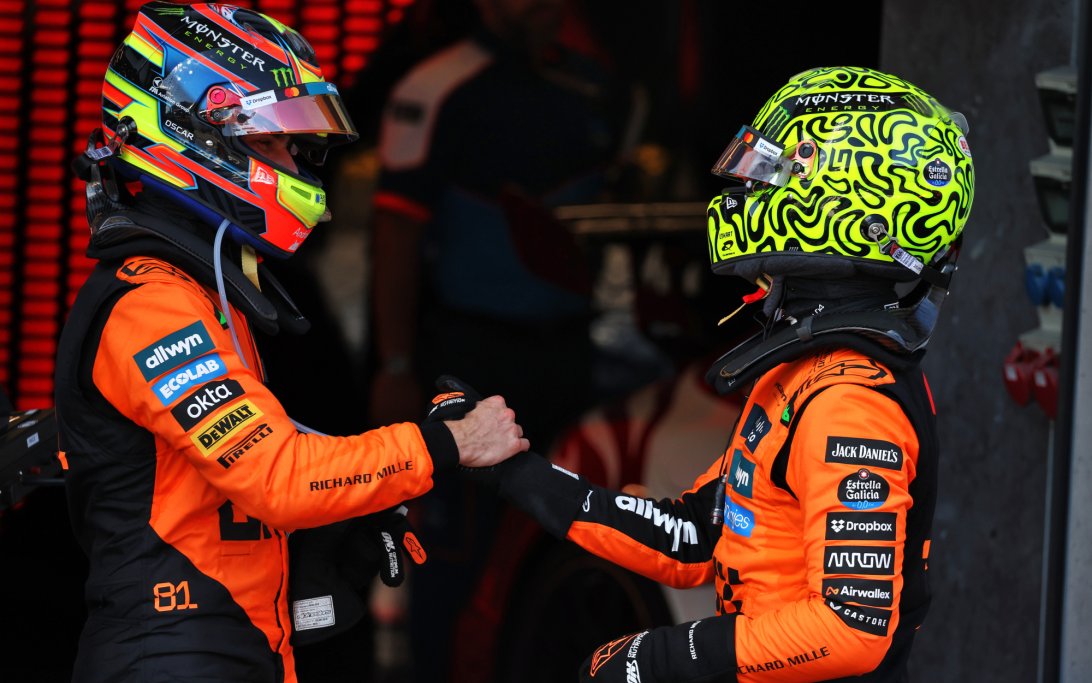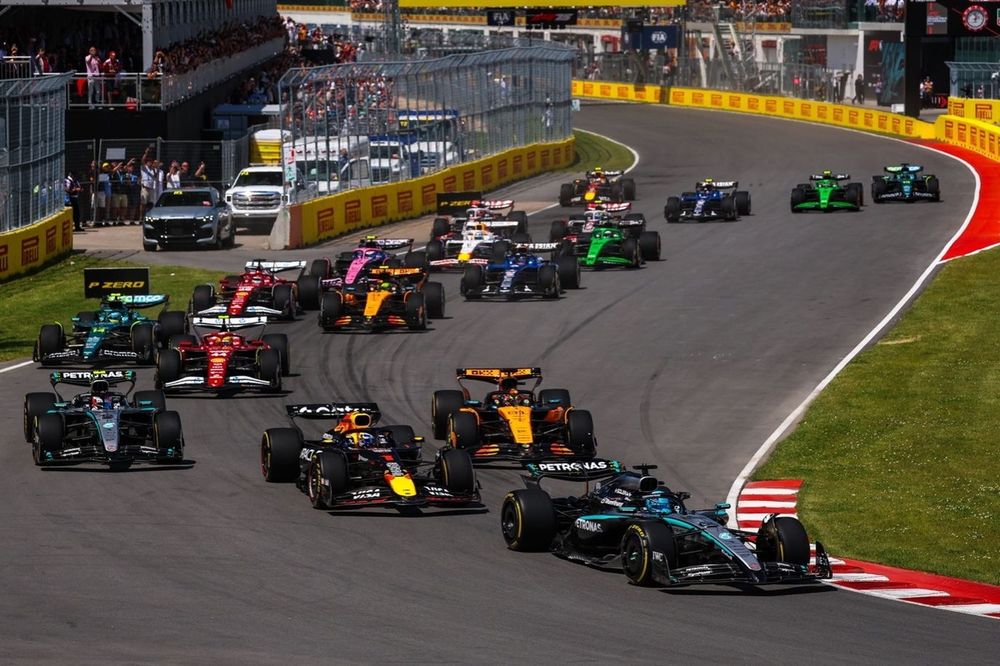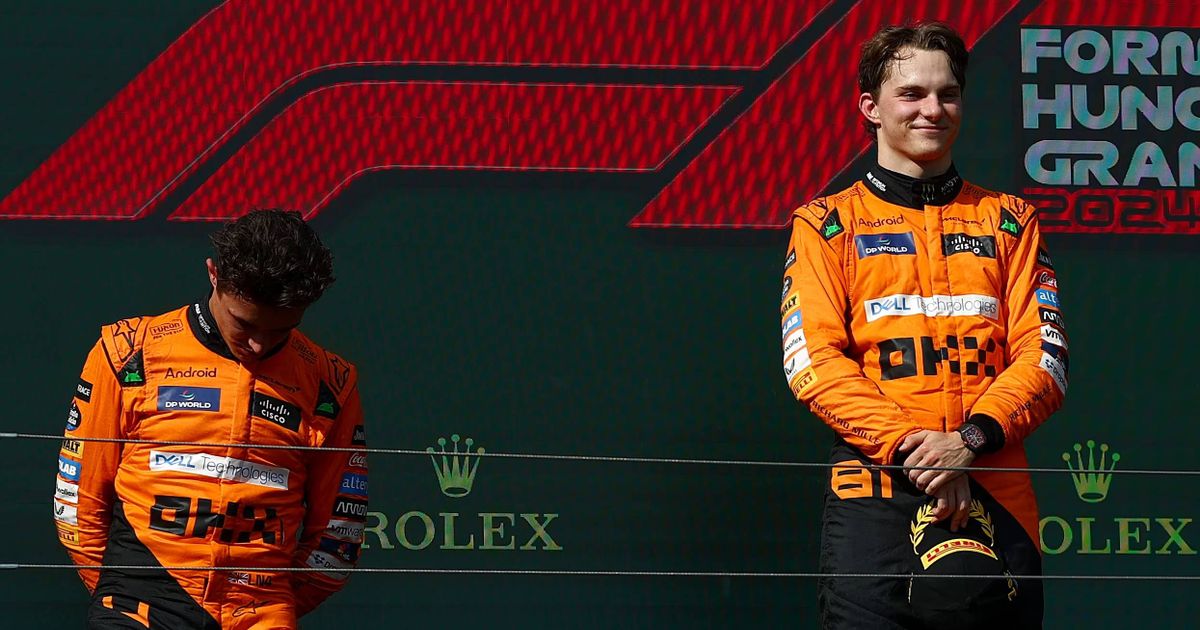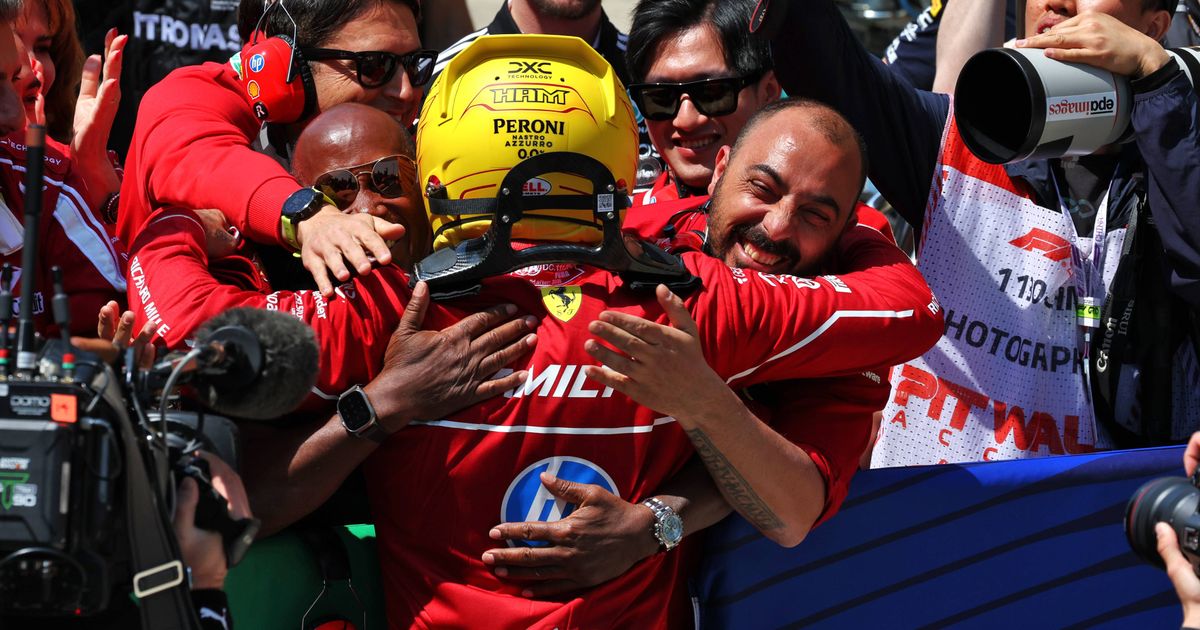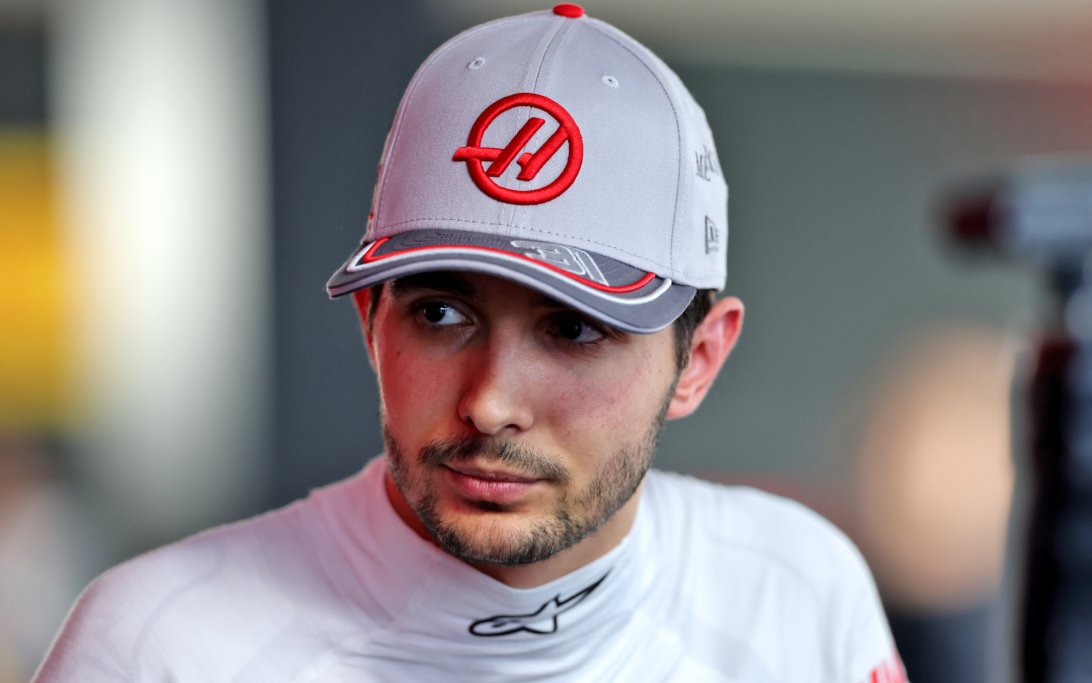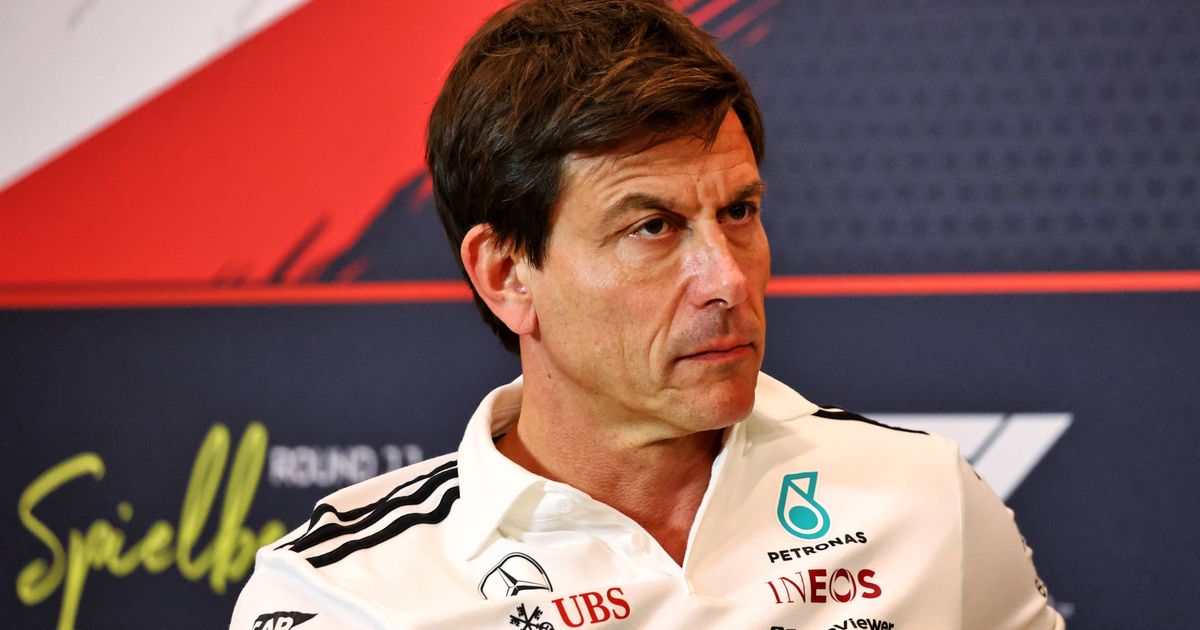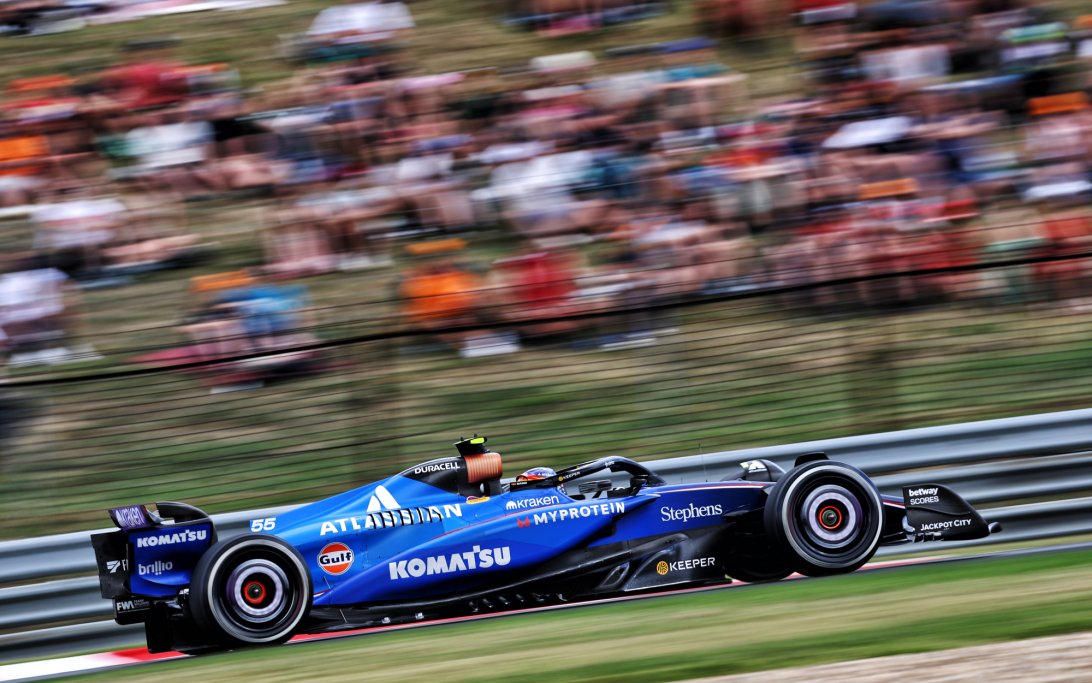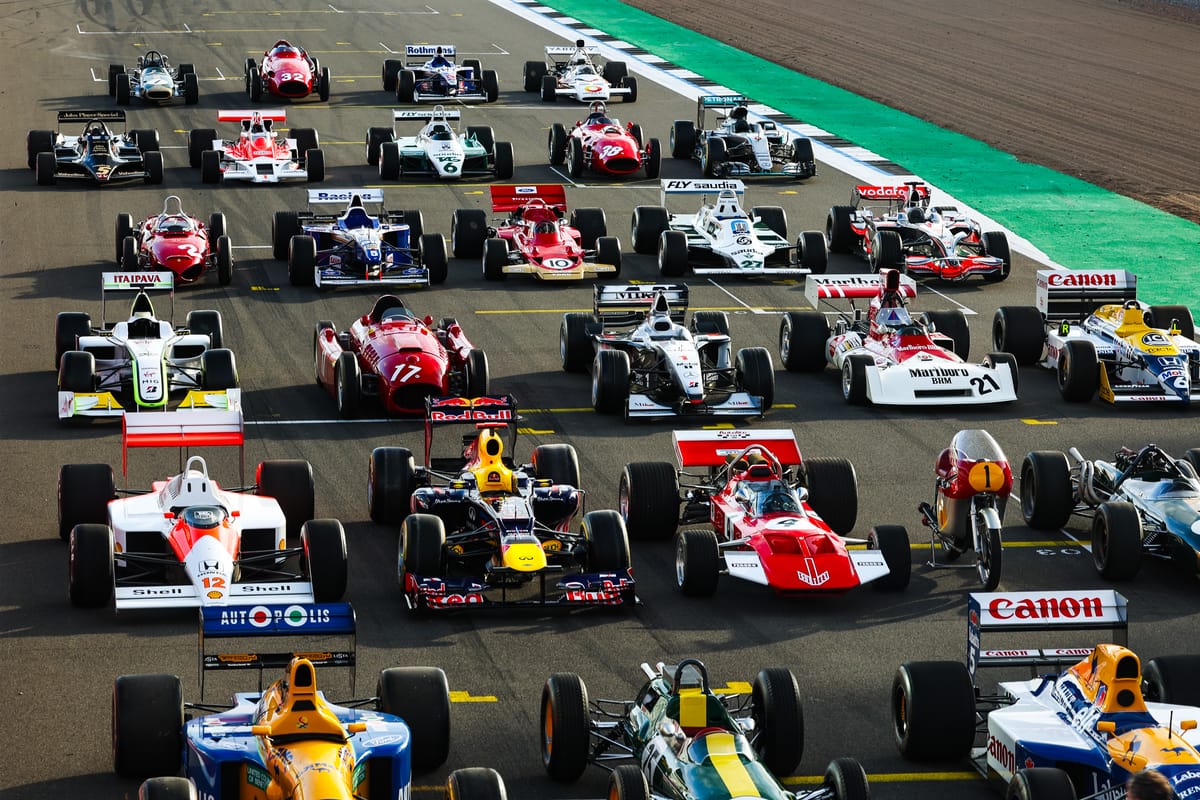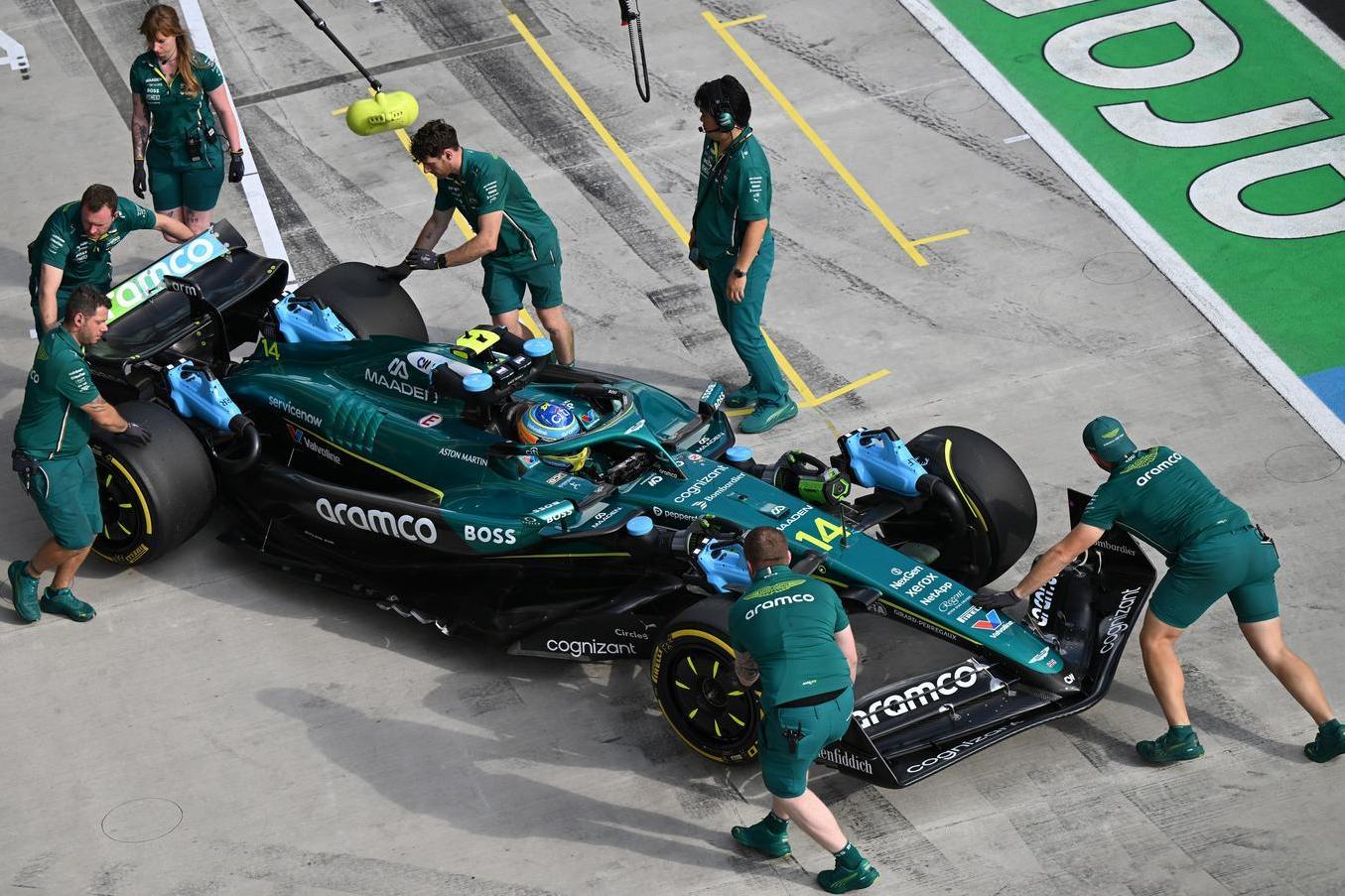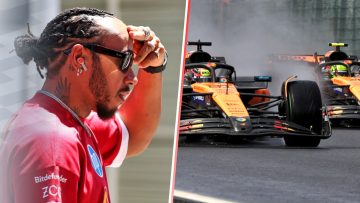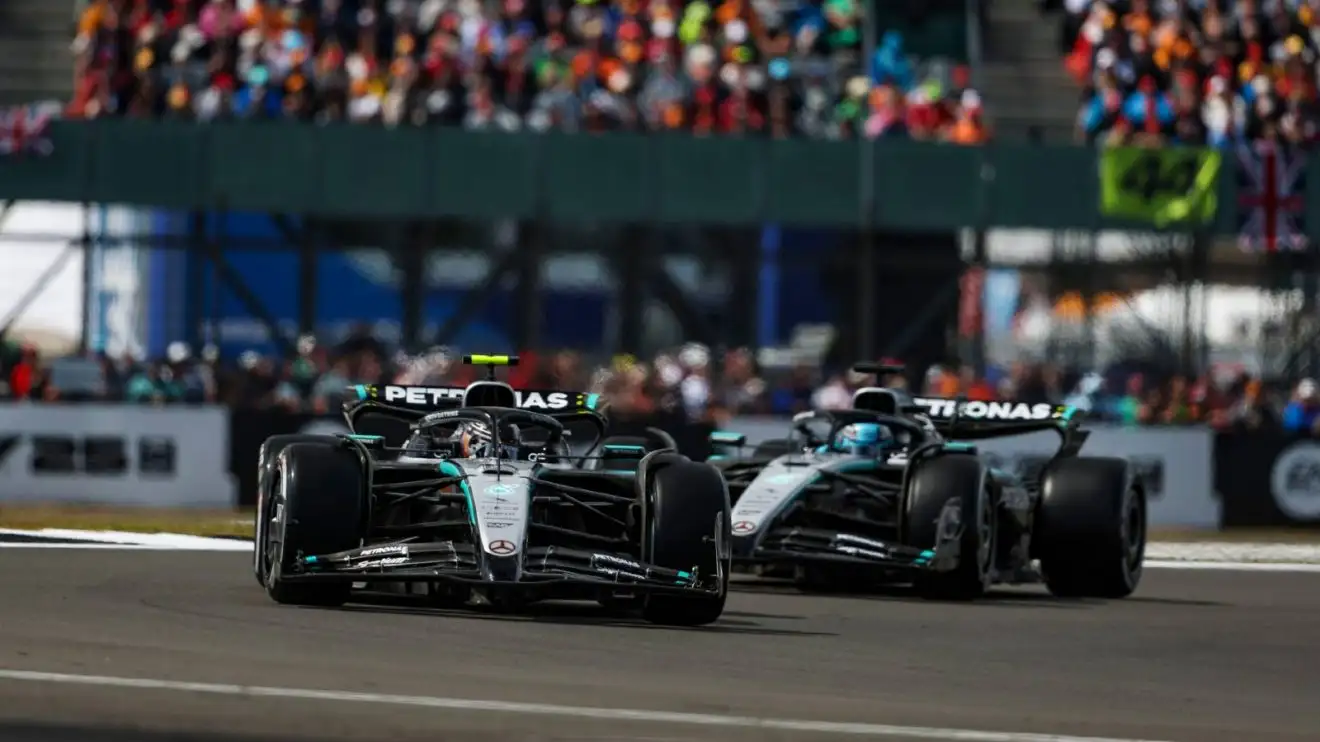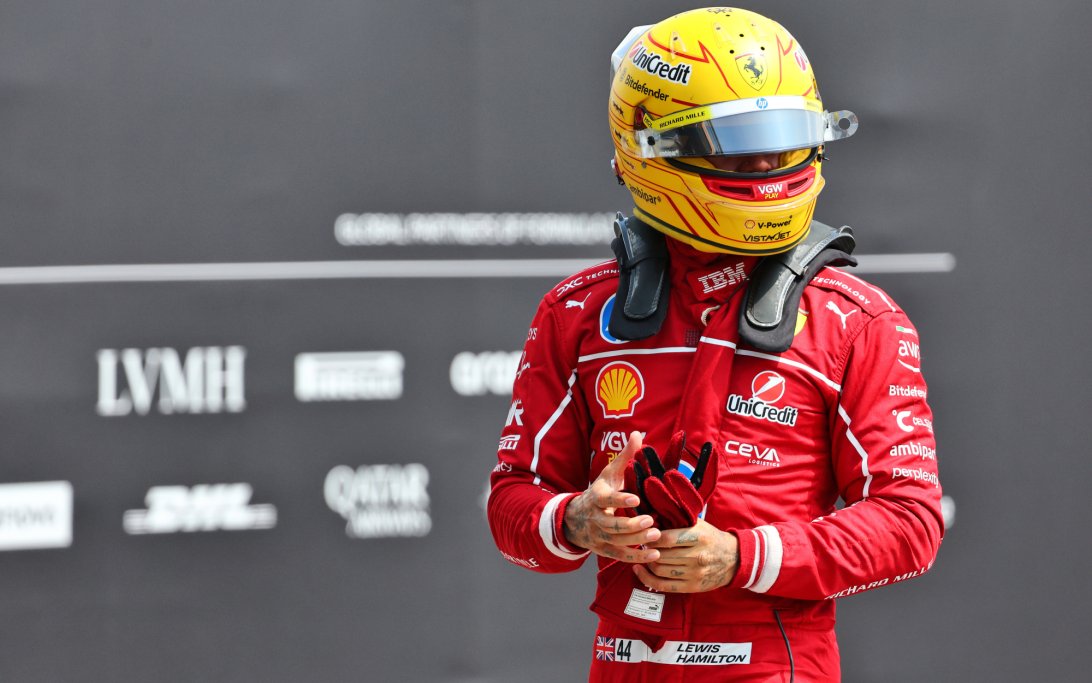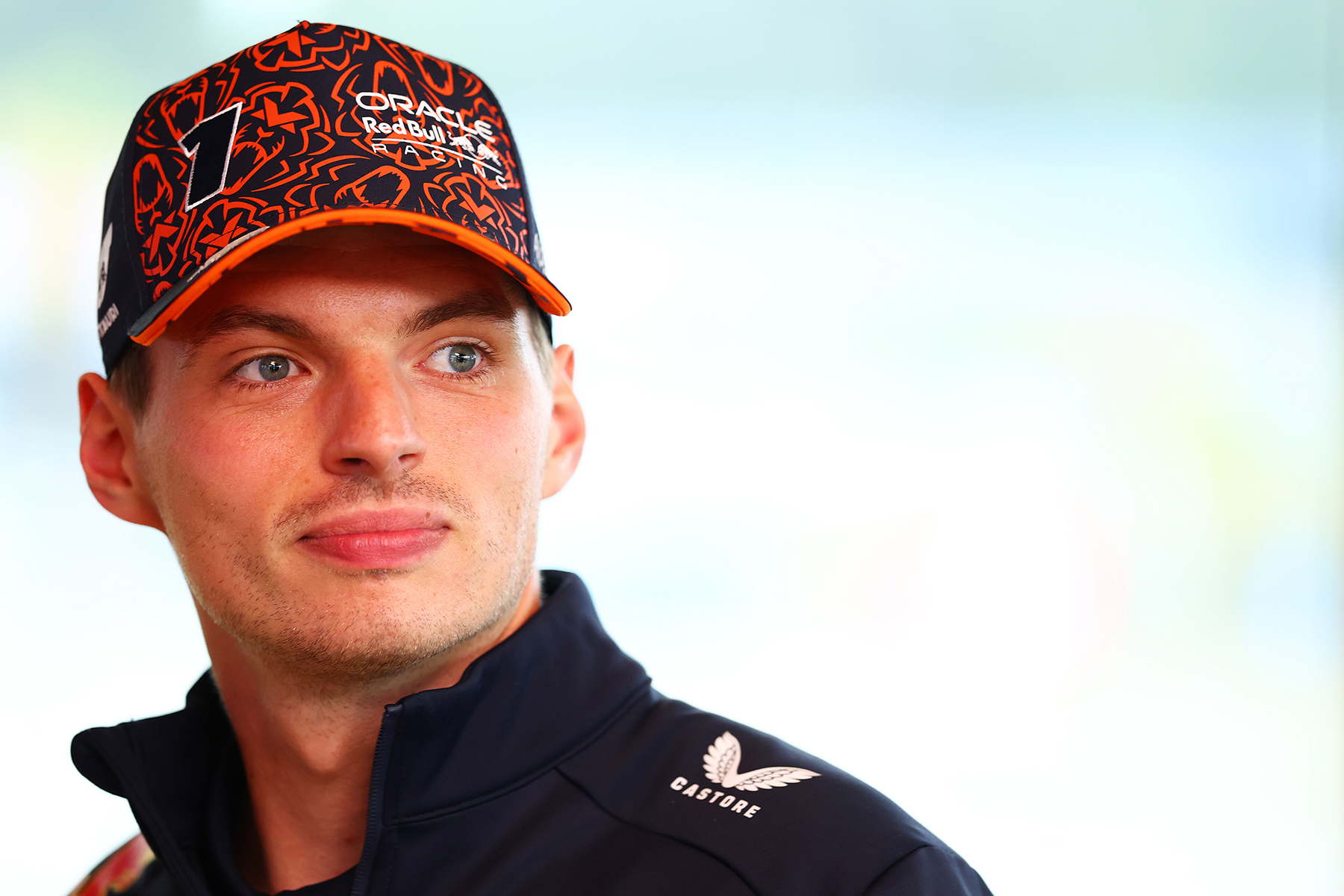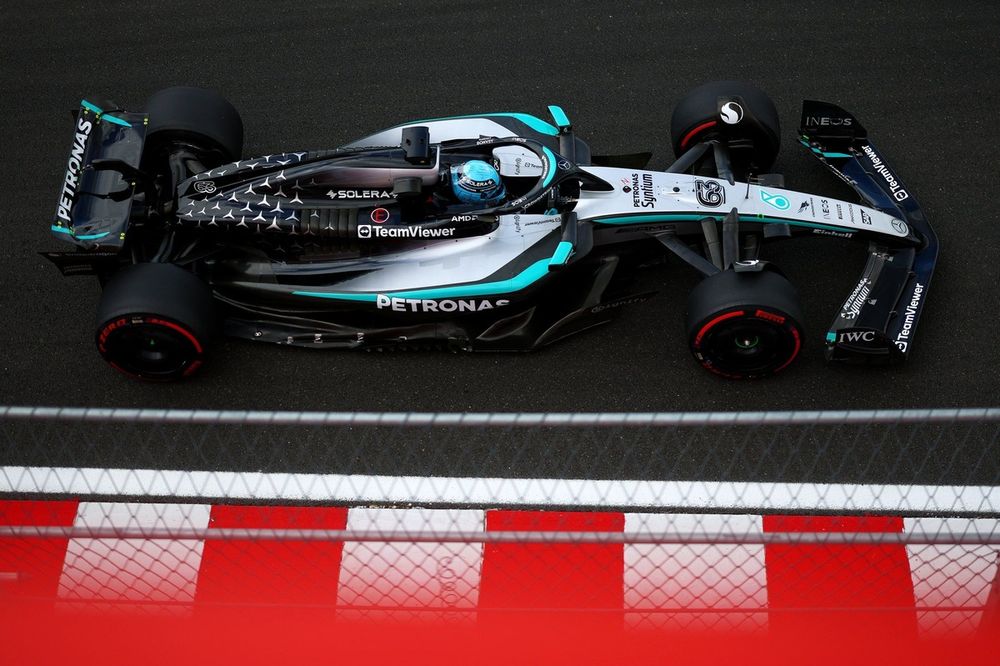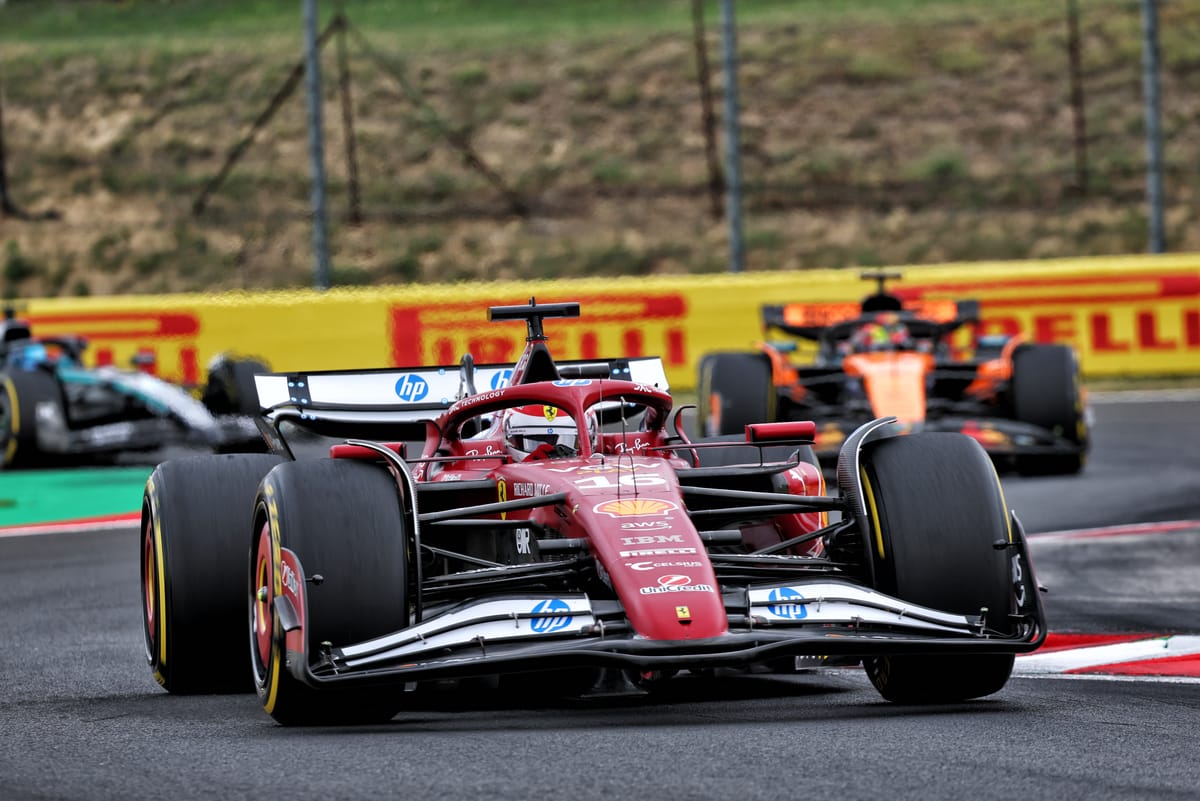Ferrari's 2025 F1 season has been significantly impacted by ride height concerns, triggered by a double disqualification at the Chinese Grand Prix, which led to a performance dip and diverted crucial development focus.
Why it matters
The issues forced Ferrari to compromise their car's setup and reallocate engineering resources, directly hindering their championship challenge against rivals like McLaren.
The details
- Turning Point: The double disqualification in China – due to Lewis Hamilton's excessive plank wear and Charles Leclerc's underweight car – marked a critical moment.
- Fred Vasseur's Revelation: Team Principal Fred Vasseur explained the dual impact:
- Performance Loss: Raising the ride height for safety automatically reduced downforce.
- Diverted Focus: Attention was pulled away from crucial performance areas such as tire preparation and optimal out-laps.
- Ride Height Sensitivity: Vasseur highlighted the extreme sensitivity of ride height, stating, "Each millimeter is one position on the grid." This means even small safety margins severely affect performance.
- Importance of Details: The narrow margins in F1 mean that even minor distractions, like those caused by the ride height issue, can move a car from pole to fifth position. Leclerc's pole at the Hungarian GP, achieved by focusing on tire management during his out-lap, exemplified how critical these small elements are.
- Platform Stability Over Pure Downforce: With current ground effect cars, the focus has shifted from simply adding downforce to ensuring 'platform stability' and 'driveability'. This allows drivers to consistently extract the car's full potential, avoiding sudden losses of downforce due to roll or wind sensitivity.
- Mid-Season Adjustment: Ferrari introduced revised suspension geometry at the Belgian Grand Prix to improve platform stability. While beneficial, Vasseur admitted that making such a fundamental change mid-season was not ideal, as it compromises existing development and adds complexity.
What's next
Ferrari continues to address these fundamental car dynamics. The early-season setback underscores how a single technical issue can cascade into broader performance and development challenges, demanding sustained focus to regain ground.




